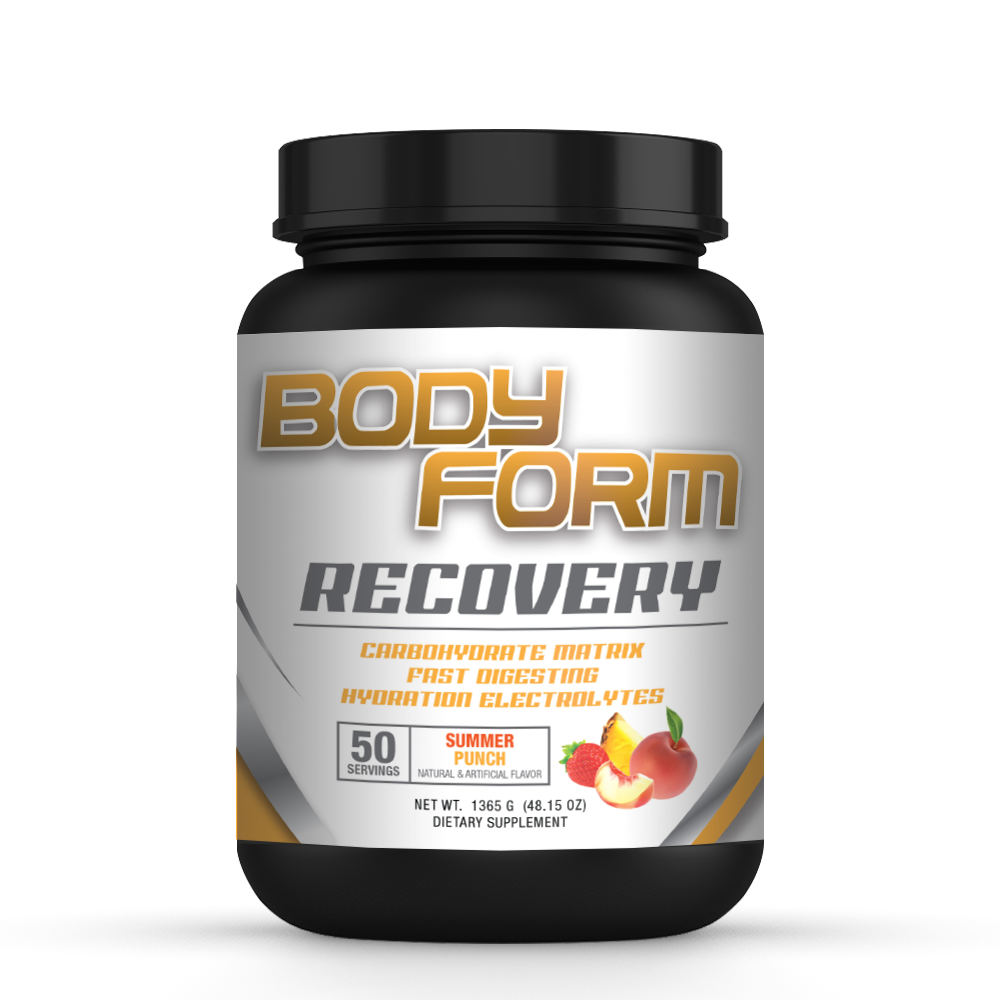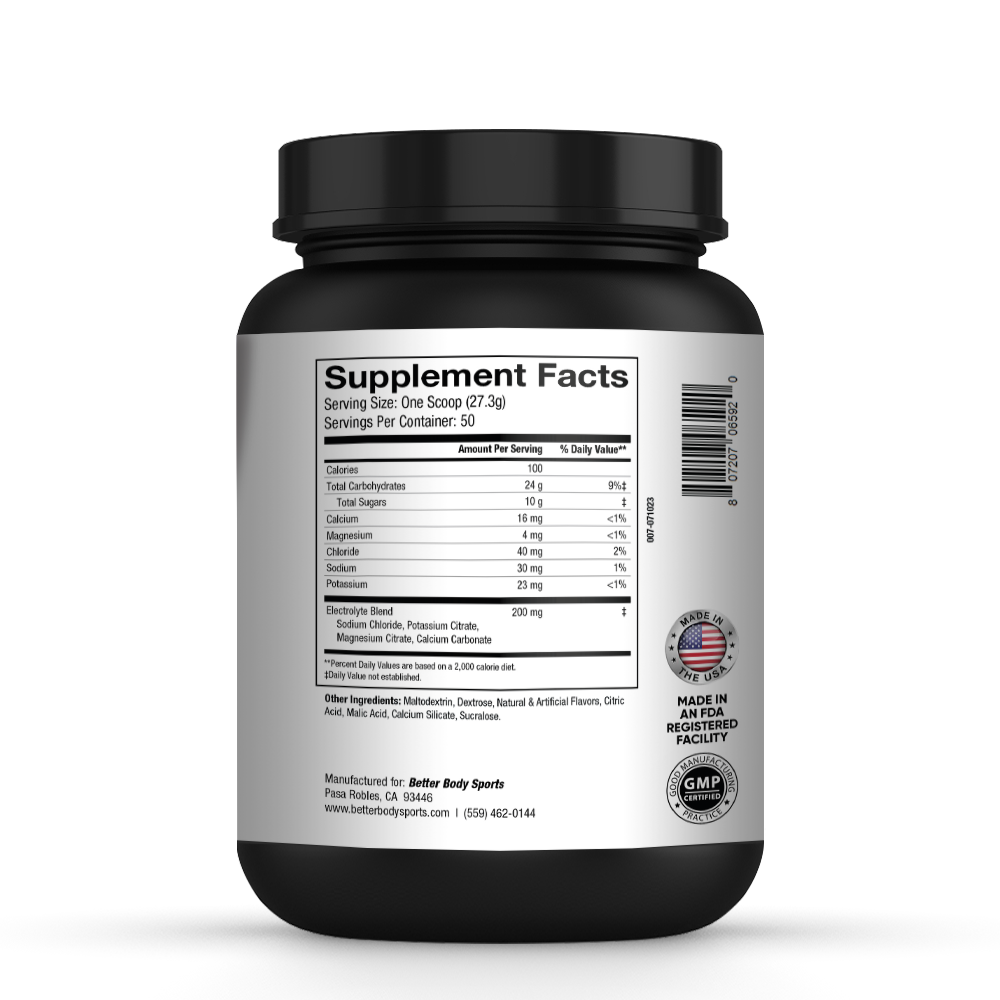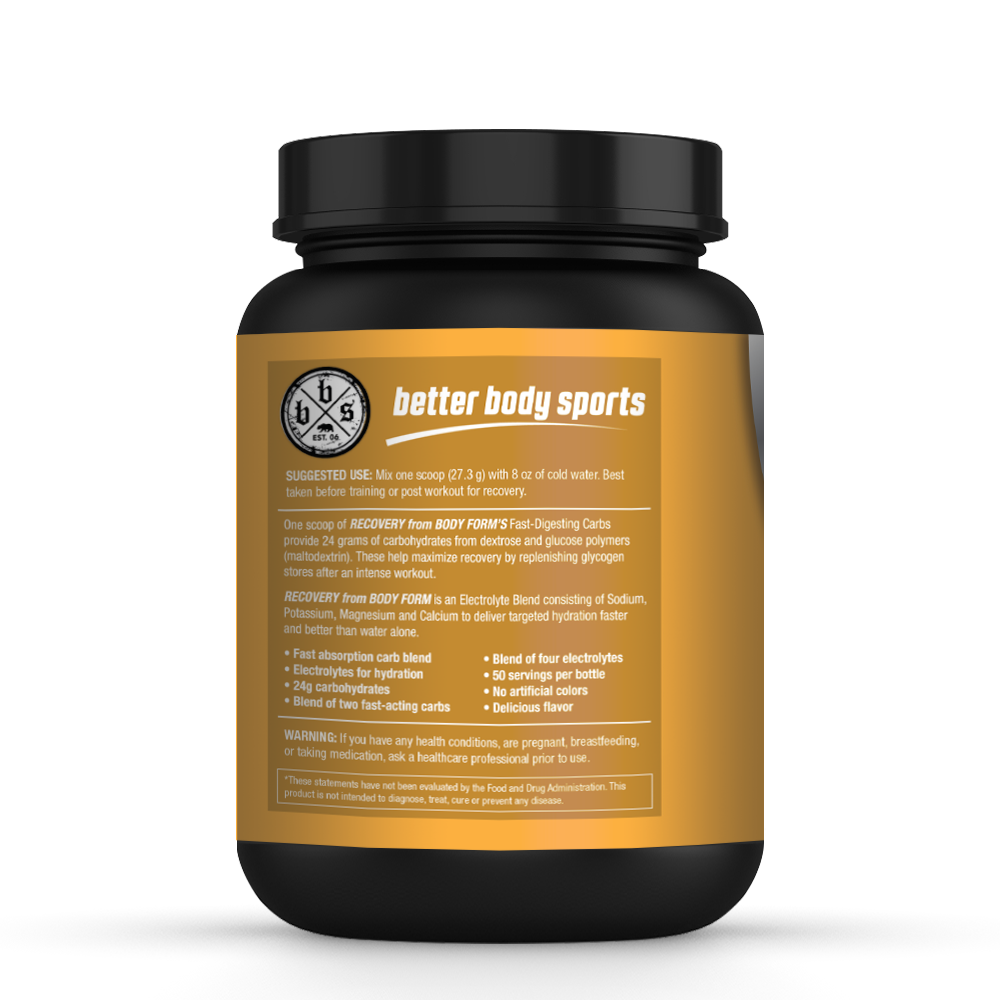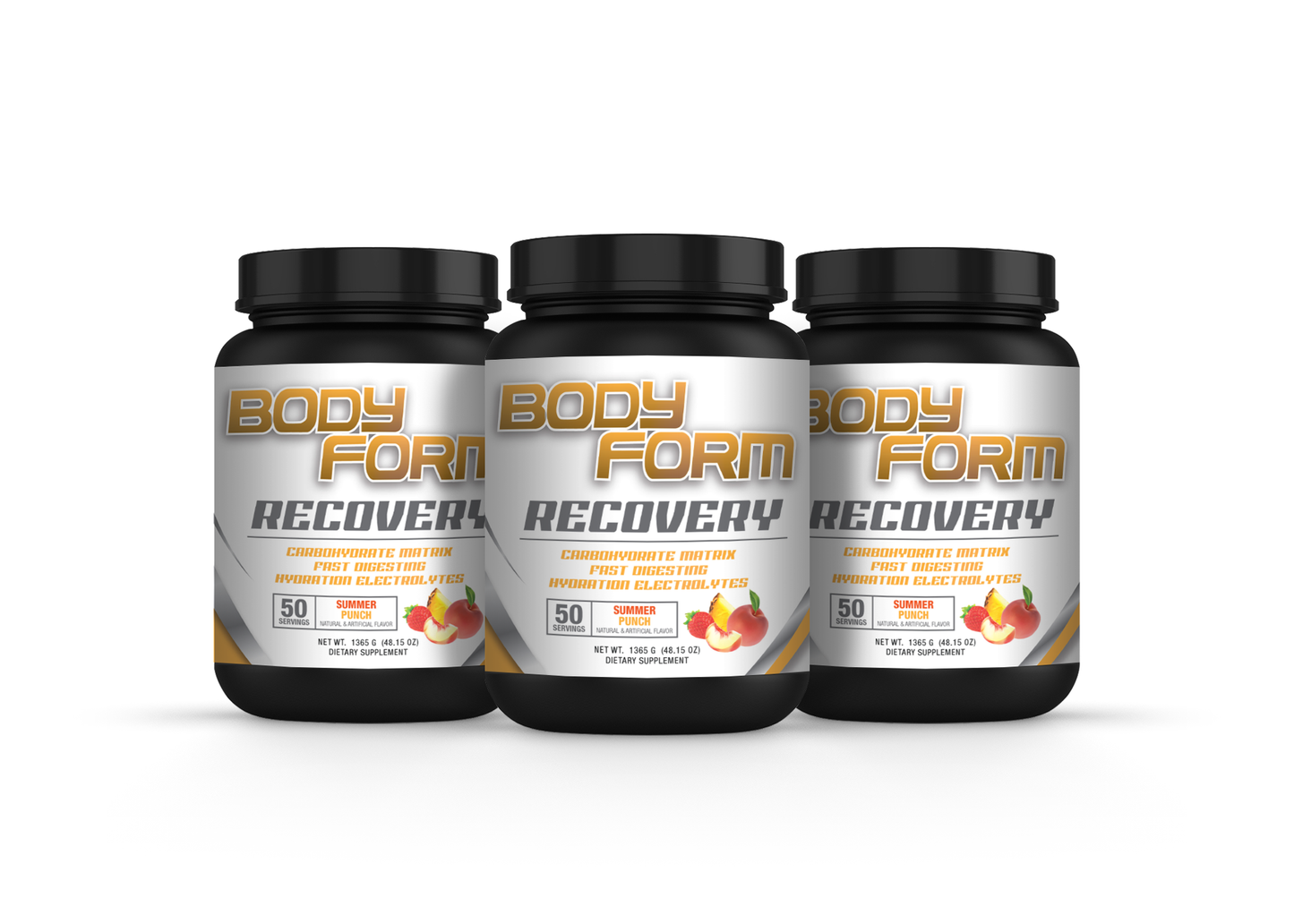
Can You Build Muscle With Light Weights
Share
Can You Build Muscle With Light Weights?
Before we answer the question of can you build muscle with light weights, we first need to determine the correct definition of what “light” means. We also need to understand how and when it is best to incorporate lighter weights into a workout.
Why Would Someone Want to Lift Light Weights?
When someone speaks of lifting lighter weights, they mean performing higher reps. This higher rep training requires a lighter weight, but the idea of it being “light” is relative and unique to each person.
Most associate light weights with “getting toned,” assuming that lifting lighter weights will cause a different overall look to the muscle. They believe it will lead to developing leaner muscle rather than a massive muscle. However, It is still considered a lean muscle, whether it is a massive or average sized muscle as long as it is low in fat.
“Lean muscle: Densely packed contractile tissue that is low in fat”
Another reason using lower weights is popular is because of the belief that performing higher reps will lead to greater fat loss. This may be true because of its impact on metabolic stress, but it depends on the intensity. A similar result could be achieved using lower rep sets with shorter rest periods.
The Difference Between Light and Lighter Weight Lifting
At this point we need to distinguish between the two. Most confuse light with lighter weight. Using a lighter weight to perform more repetitions means you will still reach near muscle failure. Lifting a light weight most likely means that you will come nowhere close to failure.
Two Scenarios Where Lifting Light is Helpful
- Returning from an Injury: It is appropriate to lift light weights, stopping well before failure, if rehabilitating or suffering from a nagging pain. Lifting weights in this way can prevent muscle strength loss and from becoming smaller (atrophying).
- Low Intensity (Deloading) Weeks: You cannot train at high intensity all of the time. Most fitness professionals will recommend a week where you workout with light weights and repetitions that do not come near muscle failure.
The Traditional Rep Ranges
The common understanding of what rep ranges lead to a specific training outcome are as follows:
Power/strength Gain > 5 reps
Muscle hypertrophy (growth) 6-12 reps
Muscular endurance 13 or more reps
But we now have to ask ourselves, with what we know, does this hold true?
A Bodybuilders Approach to Weight Training
The concept that heavy weightlifting leads to faster muscle growth and looking like a massive bodybuilder, causes many to pursue light weight strength training.
The assumption that bodybuilders only lift heavy weights for fewer repetitions is inaccurate. Many bodybuilders, such as Flex Wheeler, use rep ranges of 20 or more as a regular part of their training routine to build serious muscle mass.
In recent years researchers have confirmed the bodybuilder theory that you can build muscle with lighter weights. This is an example where real world practical application of trial an error, has led to studies proving what a group had already known.
Heavy Weights and Higher Reps
If you ask most bodybuilders, they will tell you they lift heavy weights for higher reps. What they mean by this statement is that their intensity is so high that at some point, even a small weight feels like a heavier weight.
We can incorporate this into a resistance training program in two ways.
- A lifter could begin with heavy lifts between 6-12 reps, allowing for muscle fatigue, and then backing down weight for higher reps on the following lifts.
- Right from the start a lifter could perform high reps at or near failure, causing the “burn” feeling. The lactic acid build-up makes the following sets that much harder to perform.
Mixing Up the Rep Ranges In Your Workout
There is also a practical understanding that building muscle results from mixing a variety of repetitions together in a single workout. Also, by adding drop sets, supersets, and giant sets into their routine, they can pump out more reps with lighter weight.
The high level thinkers in the muscle building field believe you need both low reps and high reps to build the most muscle size possible. Lifting weights with a variety of reps and methods will work each of the muscle fiber types leading to potentially more growth.
Reasons Not to Use Light Weights to build muscle
While we can build muscle with light weights, there may be some reasons it would not be the best bet for strength training to maximize muscle development.
- The Burn is too great: With higher rep sets you will experience a greater burn that can become so great that you quit before your muscle fails. It takes serious grit and determination to reach muscle failure with high rep sets. Try curling a light dumbbell for 20-30 reps and see if it is your mind or your muscle that quits first.
- Losing Focus: There is more chance your mind will wander because the high rep set takes longer to complete. When we lose the mind muscle connection, we may reduce the fiber recruitment from the muscle group being trained. Try performing one of the compound exercises and see if your form changes. Monitor your attention on the lift shifts because of the time to feel the intensity increase.
Incorporating More Reps Into Your Workout
We now understand that this type of training can add value to our lifting regimen. While it is not mandatory to include high reps into an exercise program it can provide more variety to a workout routine, helping to keep things fresh in the lifter’s mind.
But how do we create a program that includes 15,20, or 25 rep sets into a program? In the next article we will give you tips to increase muscle growth with lighter weight and high rep exercises.
Learn how to build muscle by using the light weight / high rep method in our follow-up article.





